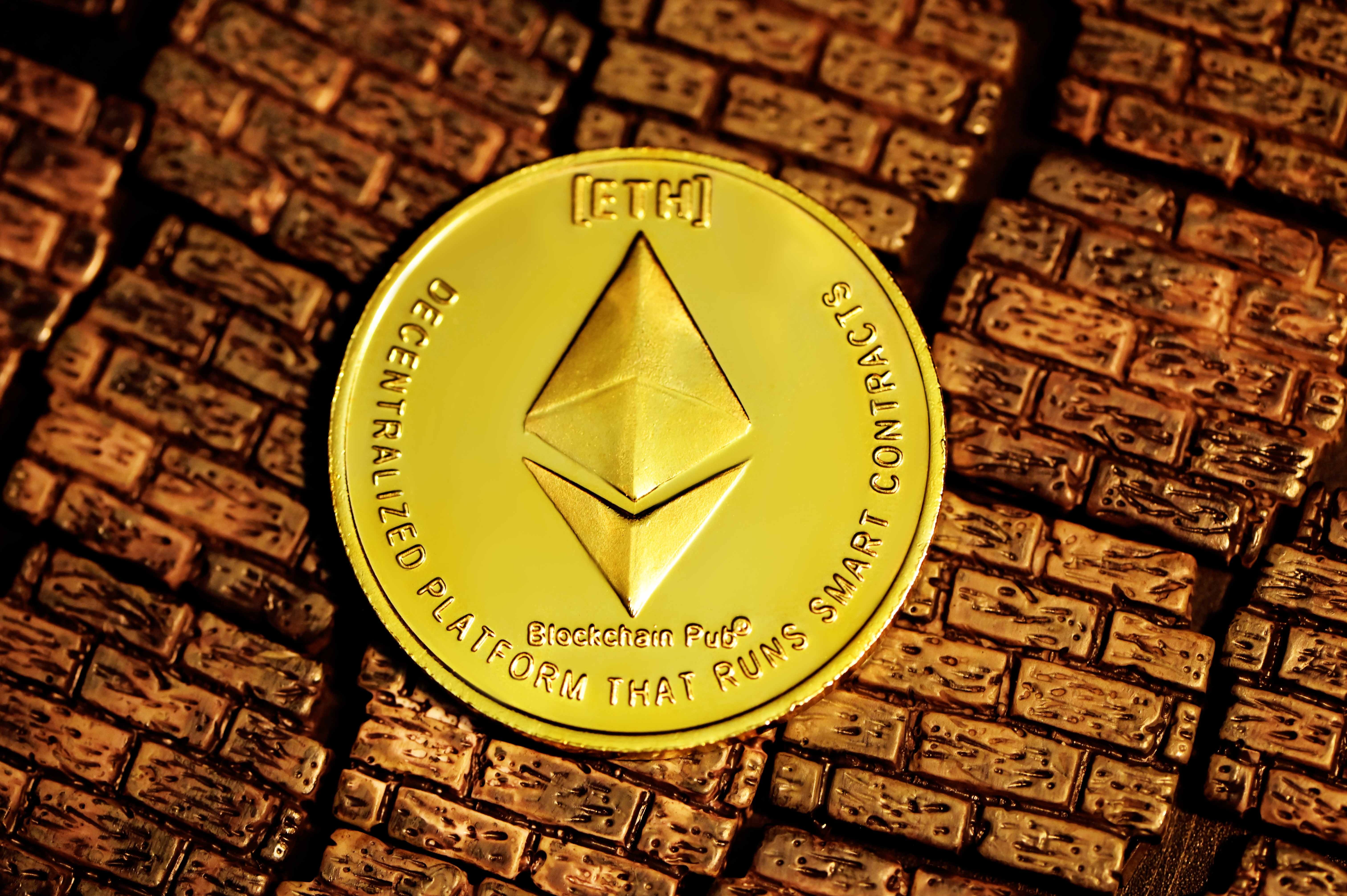Data shows the Ethereum leverage ratio has been going up recently, something that may lead to higher volatility for the asset’s price.
Ethereum Estimated Leverage Ratio Has Risen To 23% Now
As explained by an analyst in a CryptoQuant Quicktake post, the Ethereum leverage ratio is pointing at increased risk in the market. The “estimated leverage ratio” (ELR) refers to the ratio between the Ethereum open interest and derivative exchange reserve.
The former of these, the “open interest,” keeps track of the total amount of positions that are currently open in the ETH futures market, while the latter metric, the derivative exchange reserve, simply measures the number of tokens sitting in the wallets of all centralized derivative exchanges.
The ELR basically tells us about how much leverage the average user on the futures market is currently opting for. When this indicator has a high value, it means that the open interest has a significant value compared to the exchange reserve, and so, the average contract is going for a high amount of leverage.
On the other hand, low values imply that the futures market users aren’t willing to take risks at the moment as they haven’t taken any significant amount of leverage.
Now, here is a chart that shows the trend in the Ethereum ELR over the last few years:

The value of the metric seems to have been heading up in recent days | Source: CryptoQuant
Historically, whenever the ELR has gone up, the price of the cryptocurrency has become more likely to show volatility. This is due to the fact that a higher amount of leverage means that the average contract becomes more likely to get liquidated.
A large amount of liquidations happening at once can lead to chaos in the market, and since this is more likely to happen when the ELR is high, the price can naturally have a greater chance of turning volatile.
As displayed in the above graph, the Ethereum ELR had risen to some high values in August. As it usually plays out, this overleveraged market condition resulted in sharp price action for the asset, which, in this case, occurred in the form of a steep crash from the $1,800 level to the $1,600 level.
The ELR quickly cooled down to relatively low values with the crash, as the positions with the most leverage were weeded out. For a while, the metric moved sideways at these lows, but recently, the indicator has once again started to rise.
At present, the metric has a value of 23%, which isn’t as high as the pre-August crash value, but is still notable nonetheless. Huobi, Derbit, and OKX appear to have a disproportionate amount of leverage as compared to the wider sector, as the ELR for the platforms is currently 88%, 73%, and 43%, respectively.
“When ELR increases, volatility tends to follow the same path,” notes the quant. “In this sense, Ethereum may be heading towards a period of increased turbulence.”
ETH Price
Ethereum had declined towards $1,500 at the start of the week but has since made recovery back above the $1,600 mark.
ETH has returned back to its consolidation level | Source: ETHUSD on TradingView
Featured image from Kanchanara on Unsplash.com, charts from TradingView.com, CryptoQuant.com
